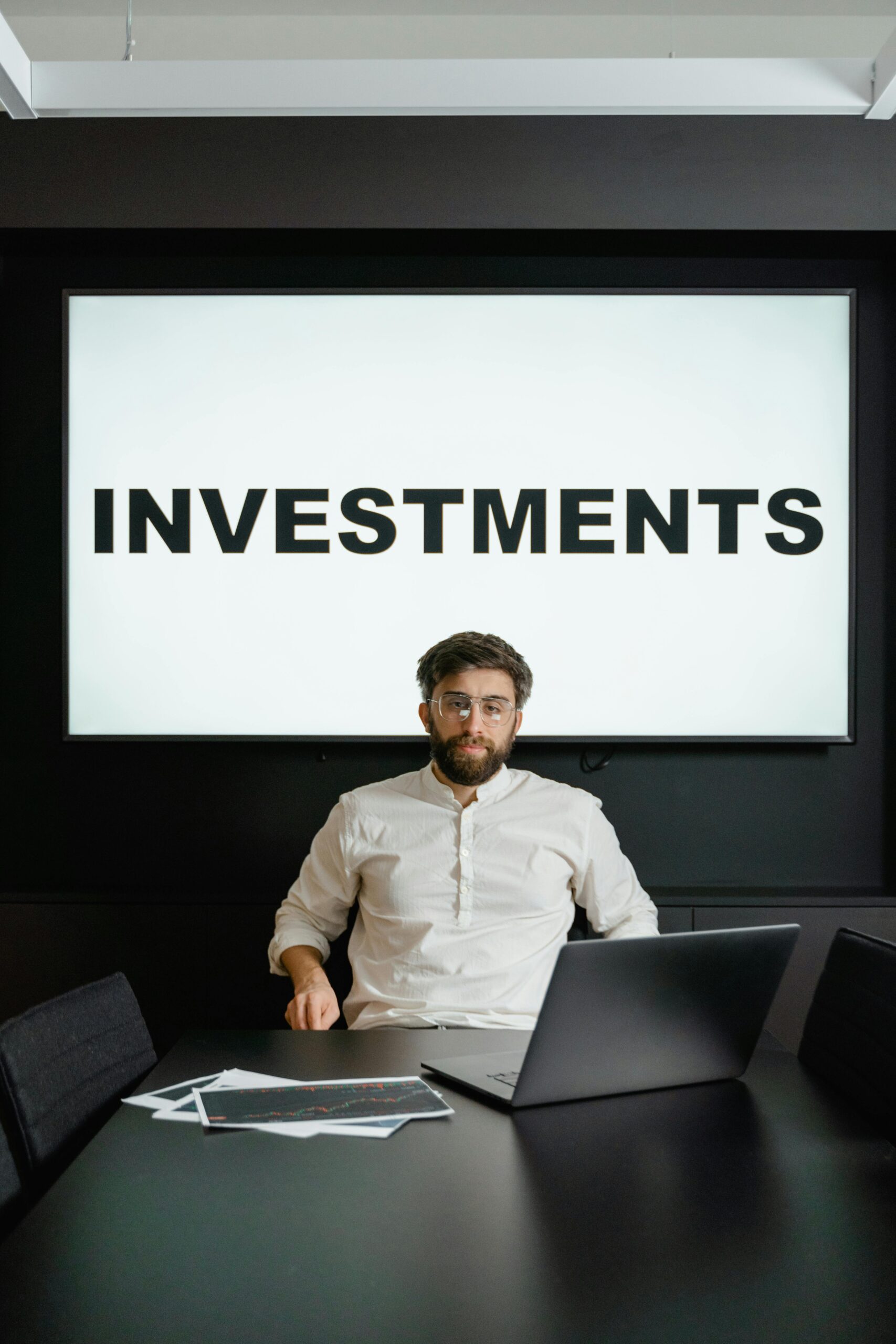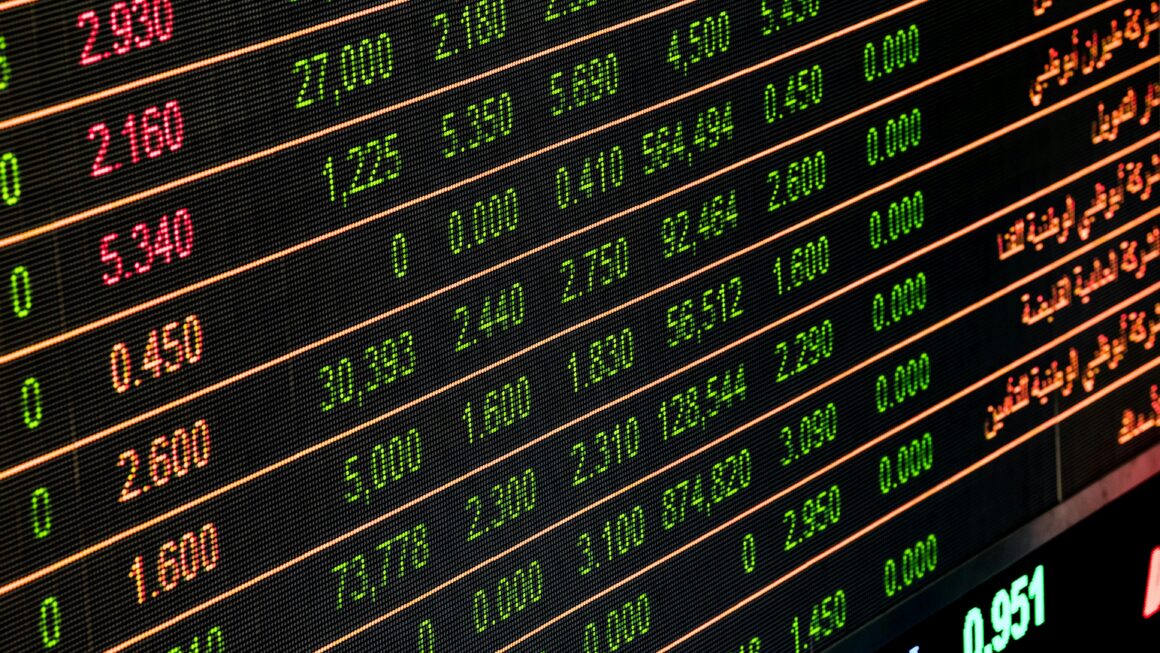
Summary
Income per Month: $1,200
Costs: $450
$750 is left over for investments or savings.
Savings as of right now: $400
$100 in debt (pay it off first; it is a small sum, a quick win!)
Objective Duration: Three Years
Moderate risk profile (ready to take some chances)
Step 1: Pay Off Debt
Use your savings to promptly pay off your $100 debt.
$300 is the remaining savings.
Now completely debt-free, which is excellent for your credit and mental health.
💰 Step 2: Establish an Emergency Fund (three to six months of costs)
Objective: $1,500 to $2,700 (based on monthly expenses of $450)
Set aside $250 every month until this is finished, which should take six to eleven months.
For this, use a money market fund or high-yield savings account (secure, liquid, earns a little interest).
📈 Step 3: Begin making parallel investments
To increase your emergency fund over time, start with tiny investments.
Recommended monthly summary:
Type, Amount, and Use: Emergency Fund$250 for safety expenditures $300Growth
$200 for a personal buffer or flexFor entertainment or sporadic requirements 📊 Investment Allocation (Moderate Risk)
You can use a mobile app like Robinhood or M1 Finance, or you can utilize a low-cost online brokerage like Fidelity or Vanguard.
With your monthly investment of $300:
60% is invested in ETFs (wide market index funds, such as Total Market ETFs or S&P 500).
For instance, SCHB, SPY, or VTI
Bonds or Bond ETFs: 20%
BND (Vanguard Total Bond Market) is one example.
20% in REITs (real estate funds) or dividend stocks
For instance, individual dividend-paying equities such as KO (Coca-Cola) and PG (Procter & Gamble) or VNQ (REIT)
📅 Estimated 3-Year Projection
Assuming a three-year (36-month) investment of $300 per month:
Contributions totaled $10,800.
Estimated yearly return, assuming a 6–8% average: $11,800–$12,400
In addition to your
🔍 emergency reserve (~$2,000+), you will be well-positioned with approximately $14,000 to $15,000 invested or saved.
🚀 Extra Advice:
You can raise your monthly commitment to $500 or more for faster growth after your emergency fund is fully funded and your assets are growing.

Author: Mohamed Yasin



